
 0 saved
0 saved
 18.1K views
18.1K views








"Only those who attempt the absurd will achieve the impossible."
— M. C. Escher.
In our complex world, where we are constantly being required to make sense and take action through ambiguity, you have a key method of your disposal that can change everything.
Experimentation.
Creating mini-experiments or 'small bets' as some have come to describe them, allows you to learn more through action. In particular, this approach allows you to fail fast — which means testing and dismissing many ideas efficiently with minimal time, money or risk, so you can find the unexpected gem.
So what are you waiting for? Start experimenting with this powerful collection of mental models to empower you and your organisation to fail fast and innovate ;)
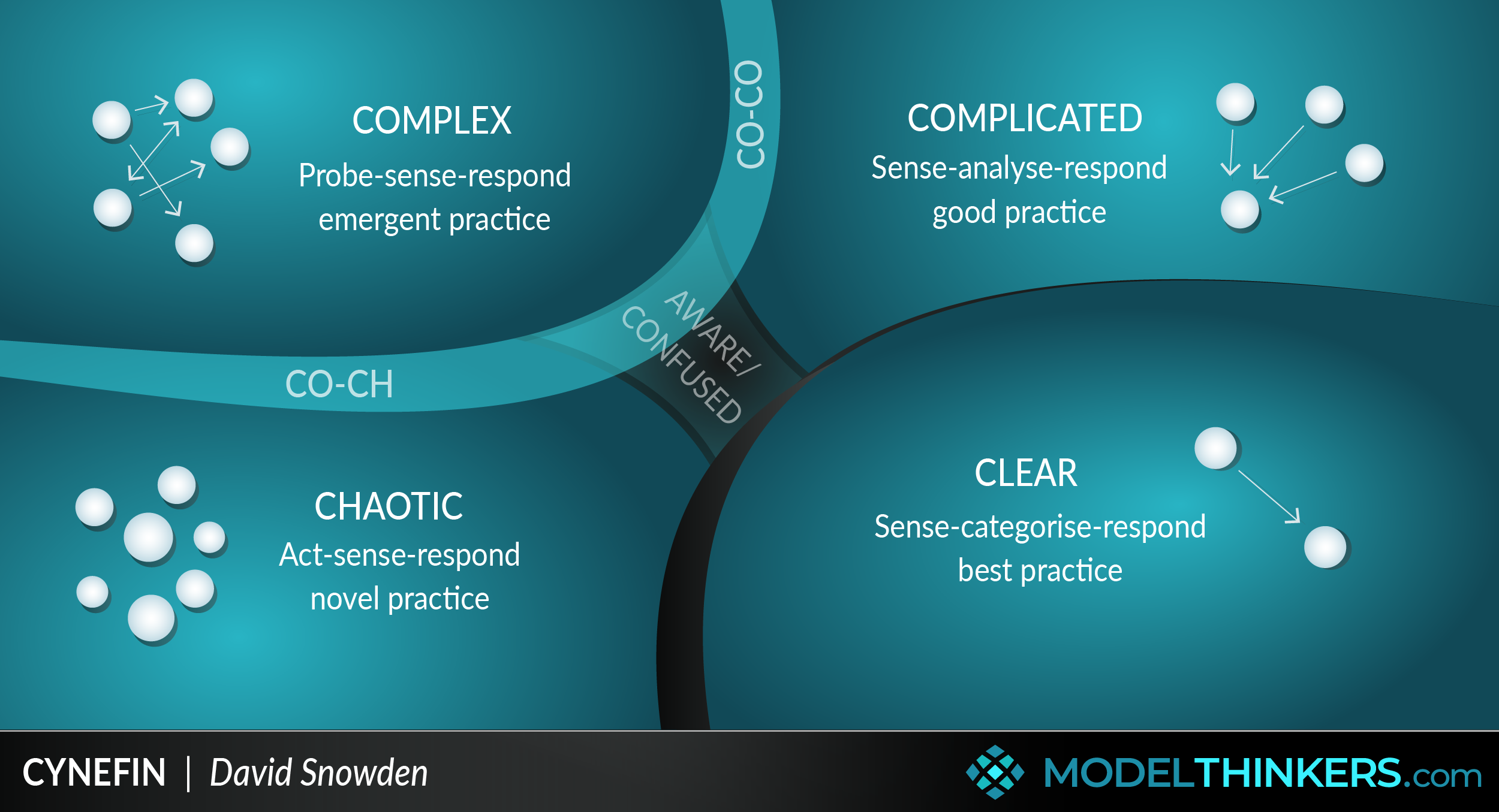
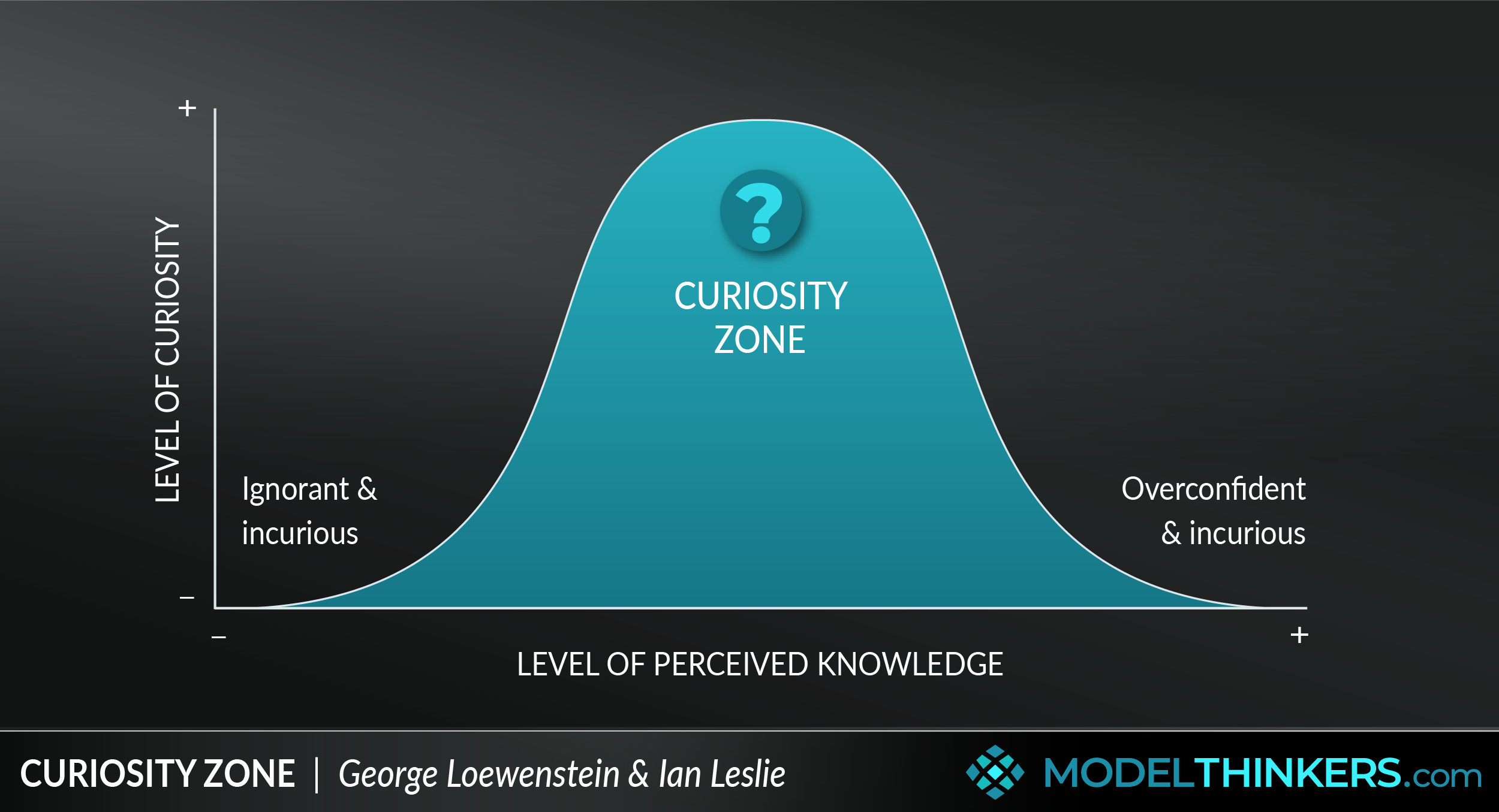
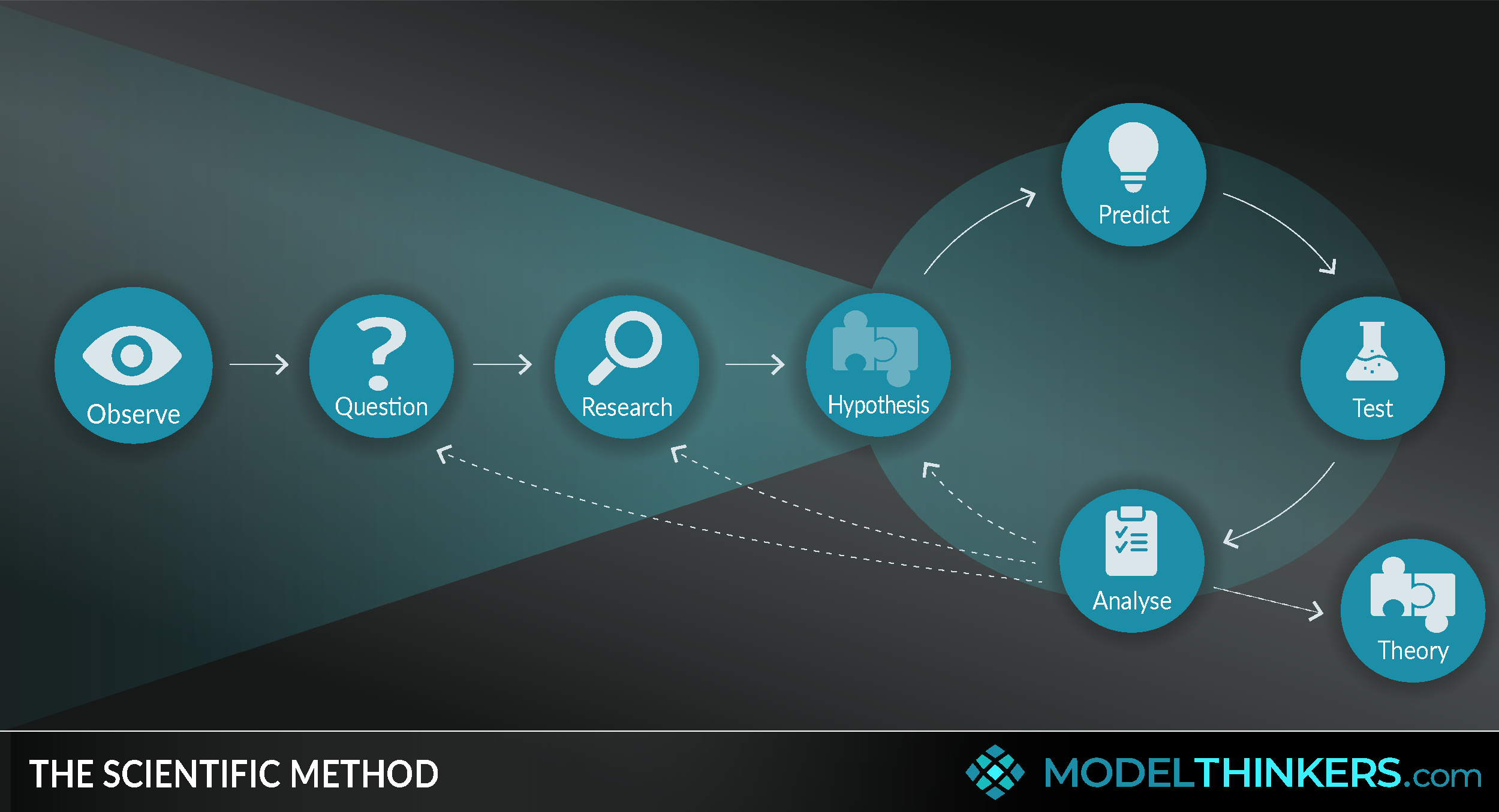
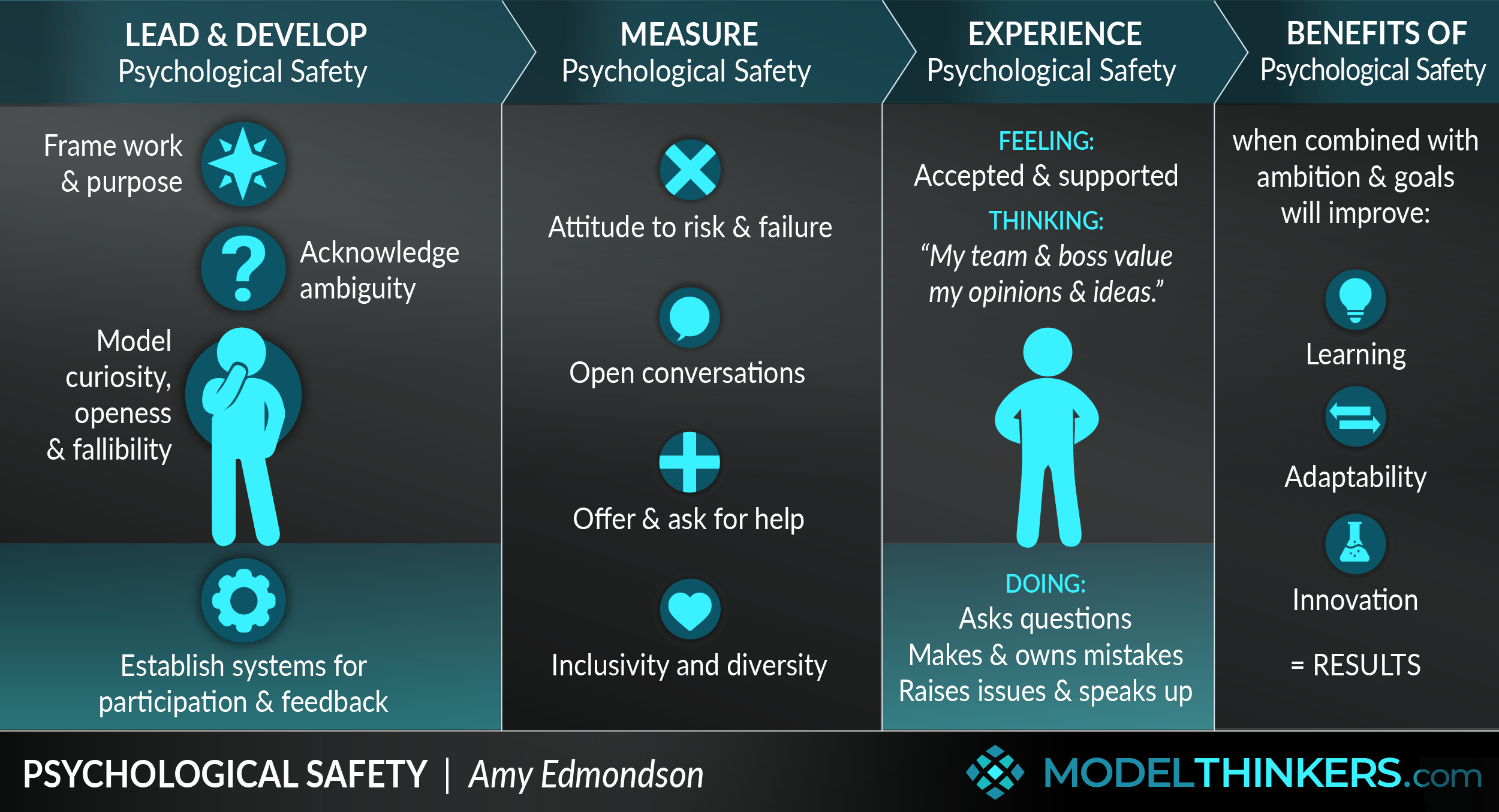
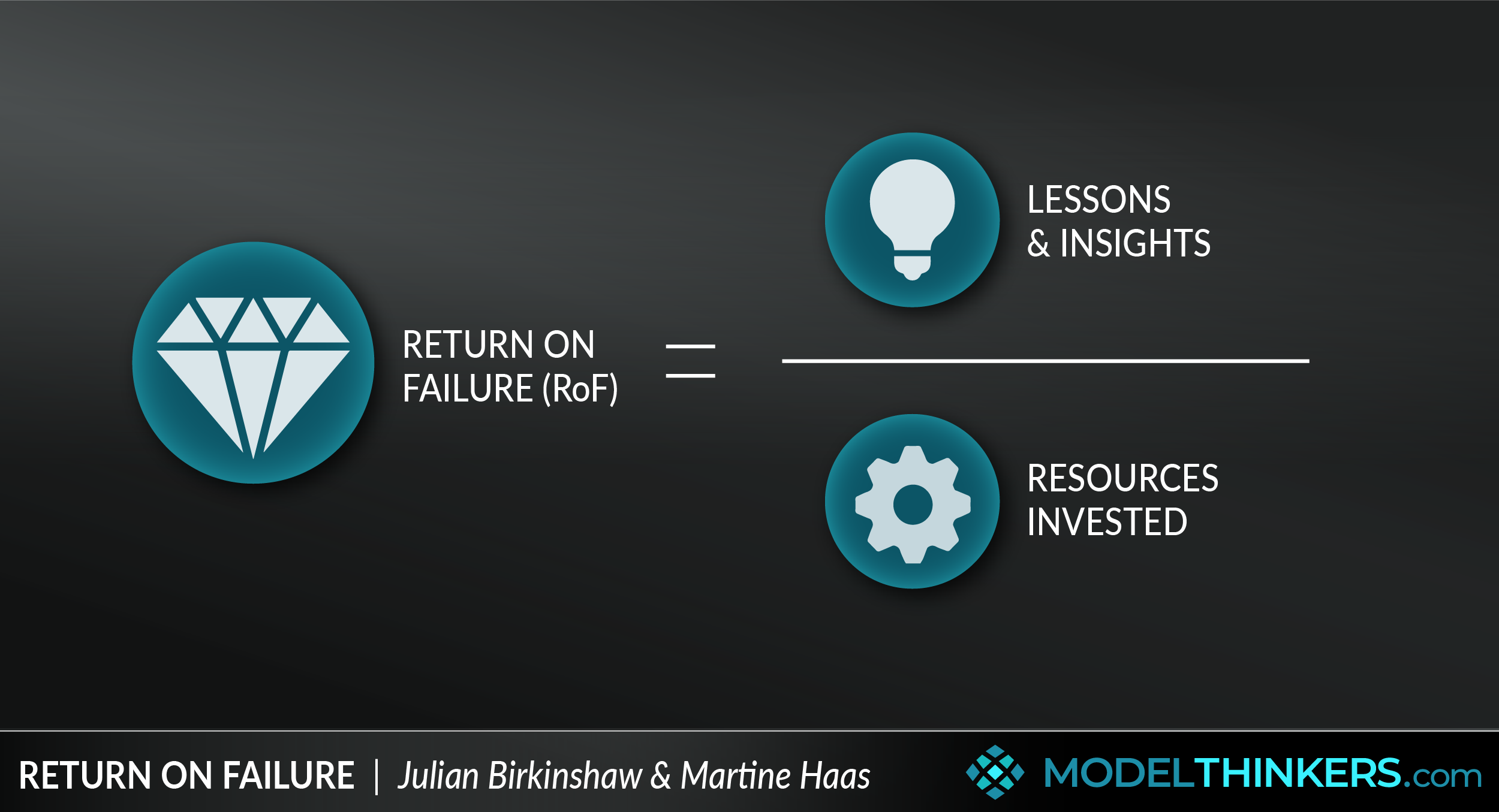
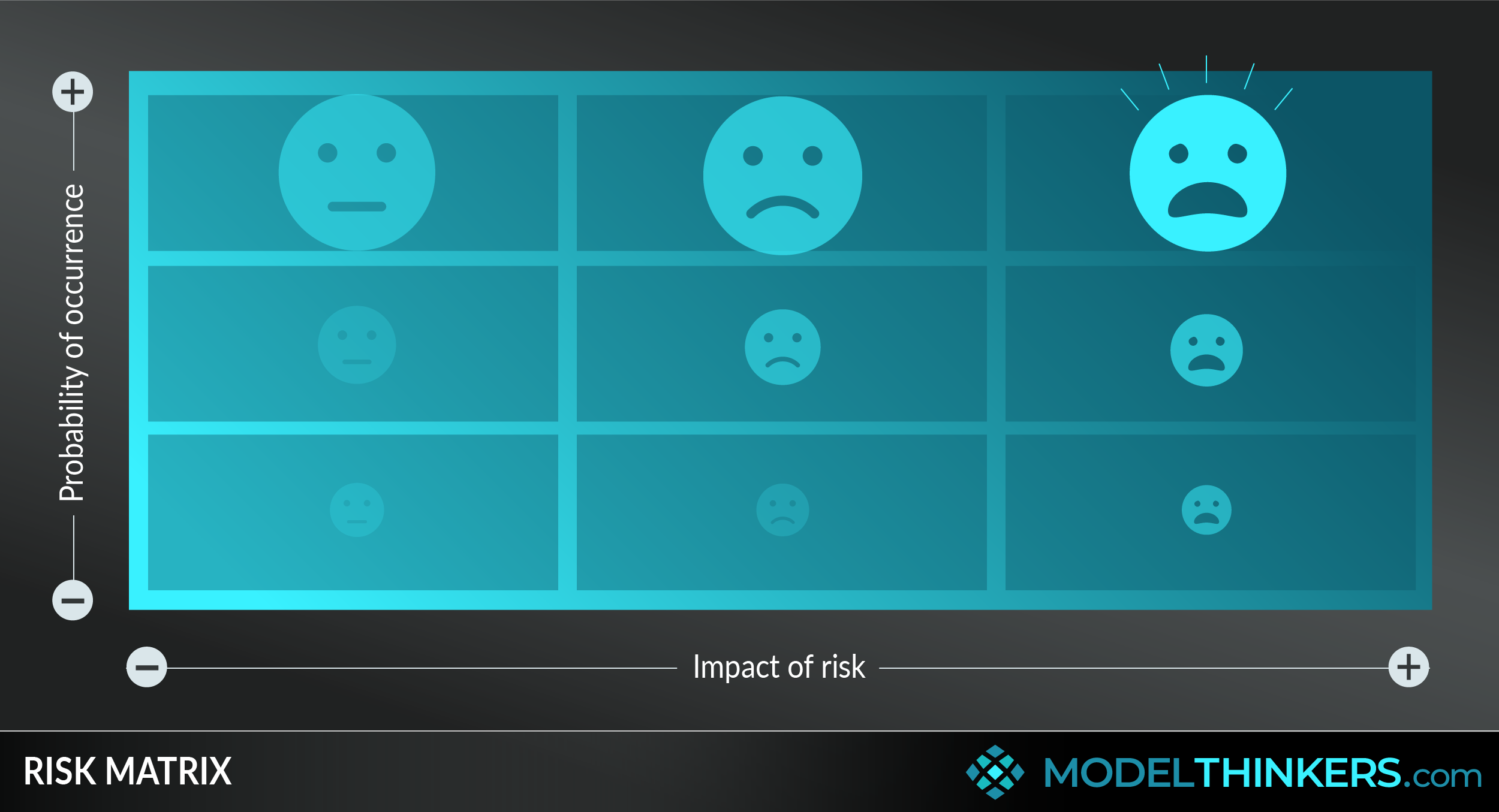



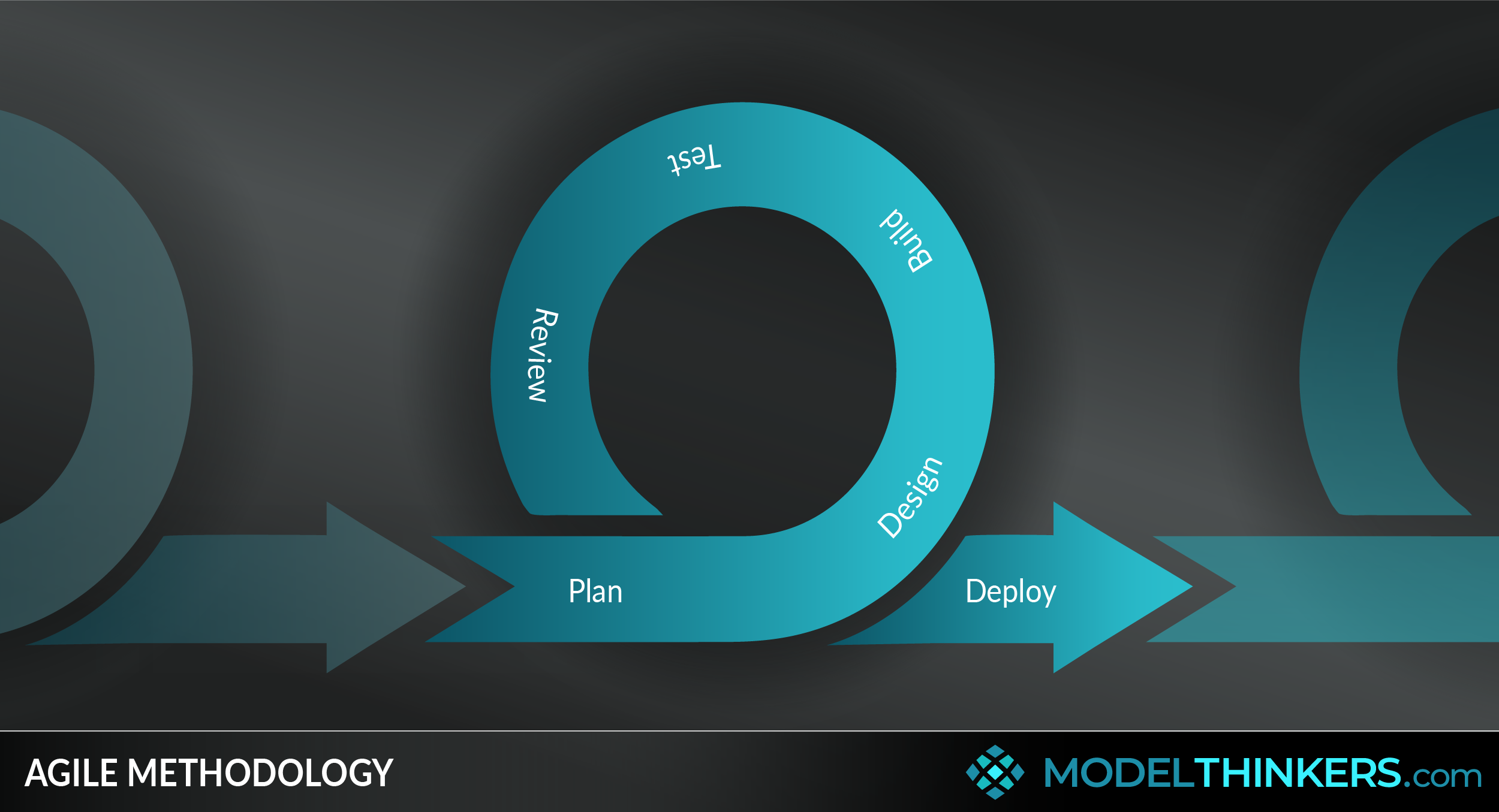
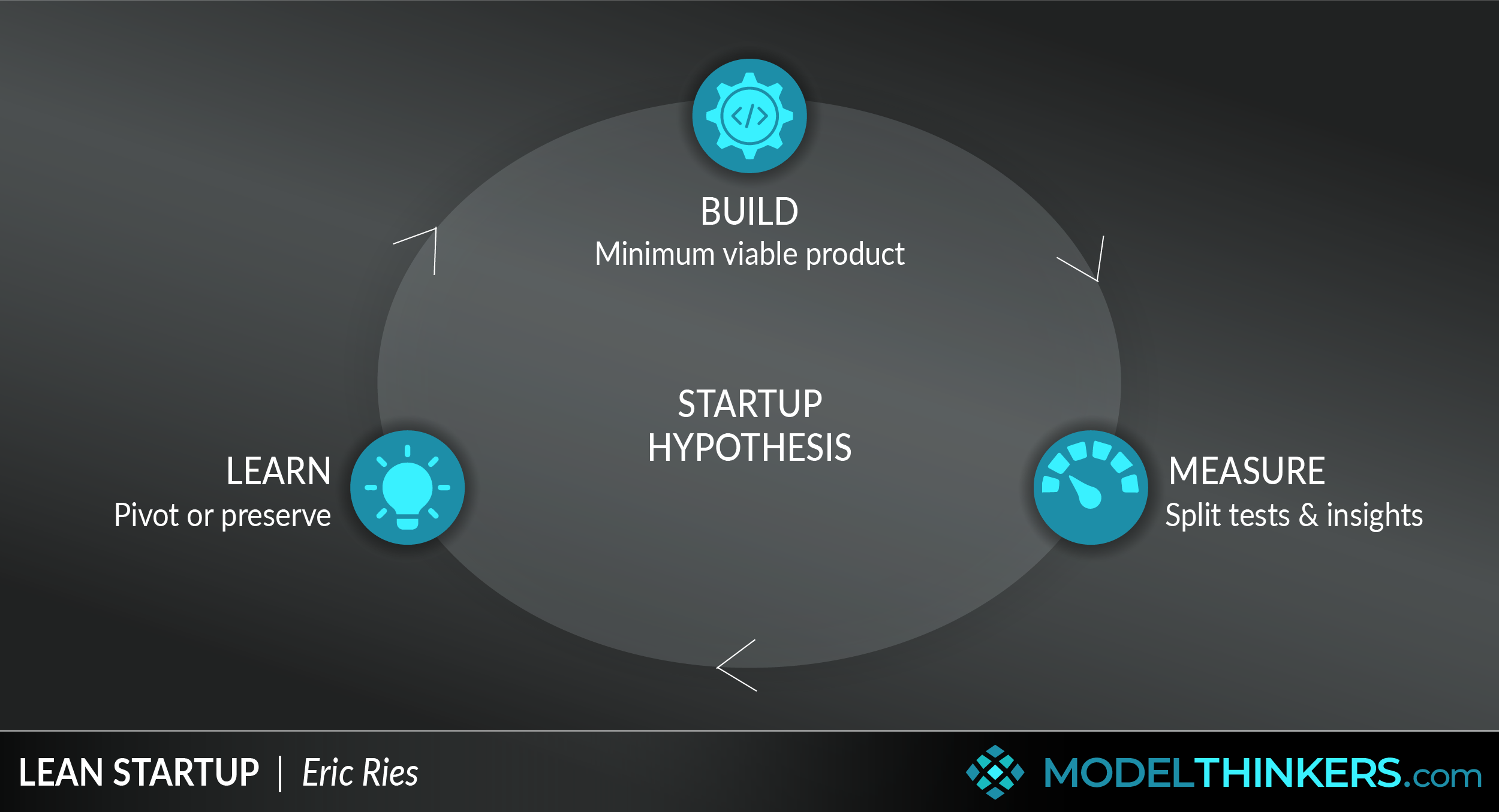

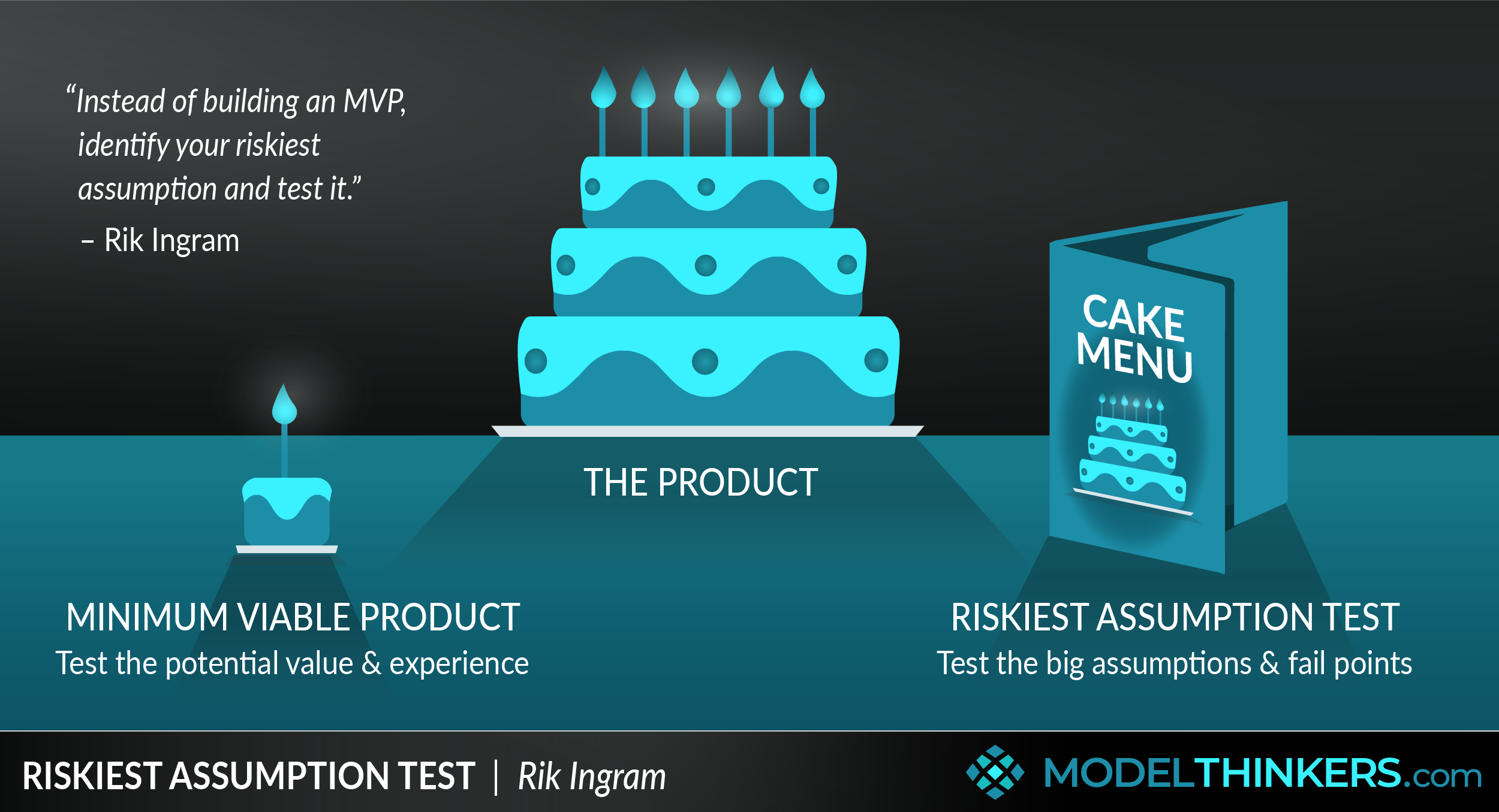
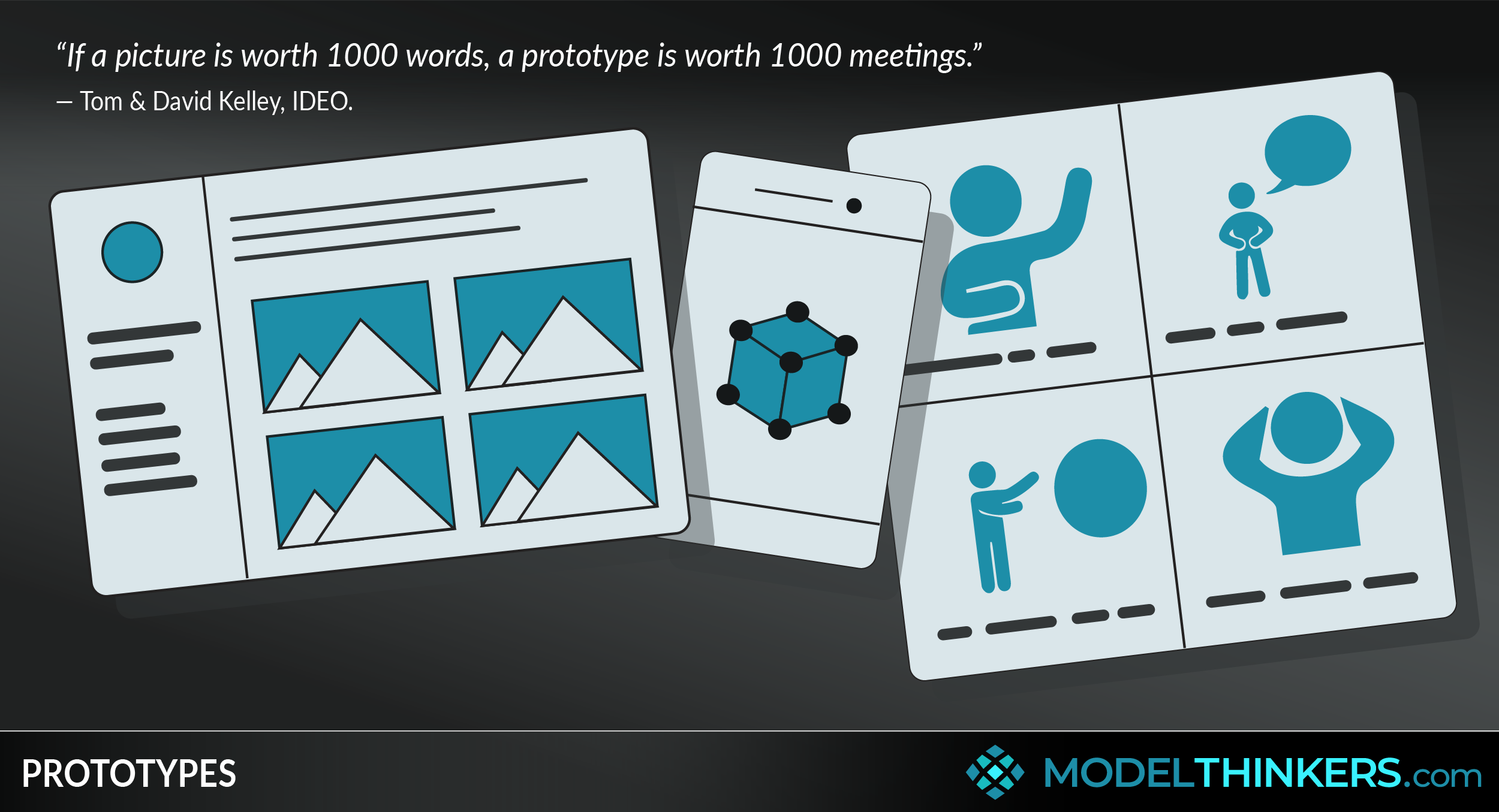
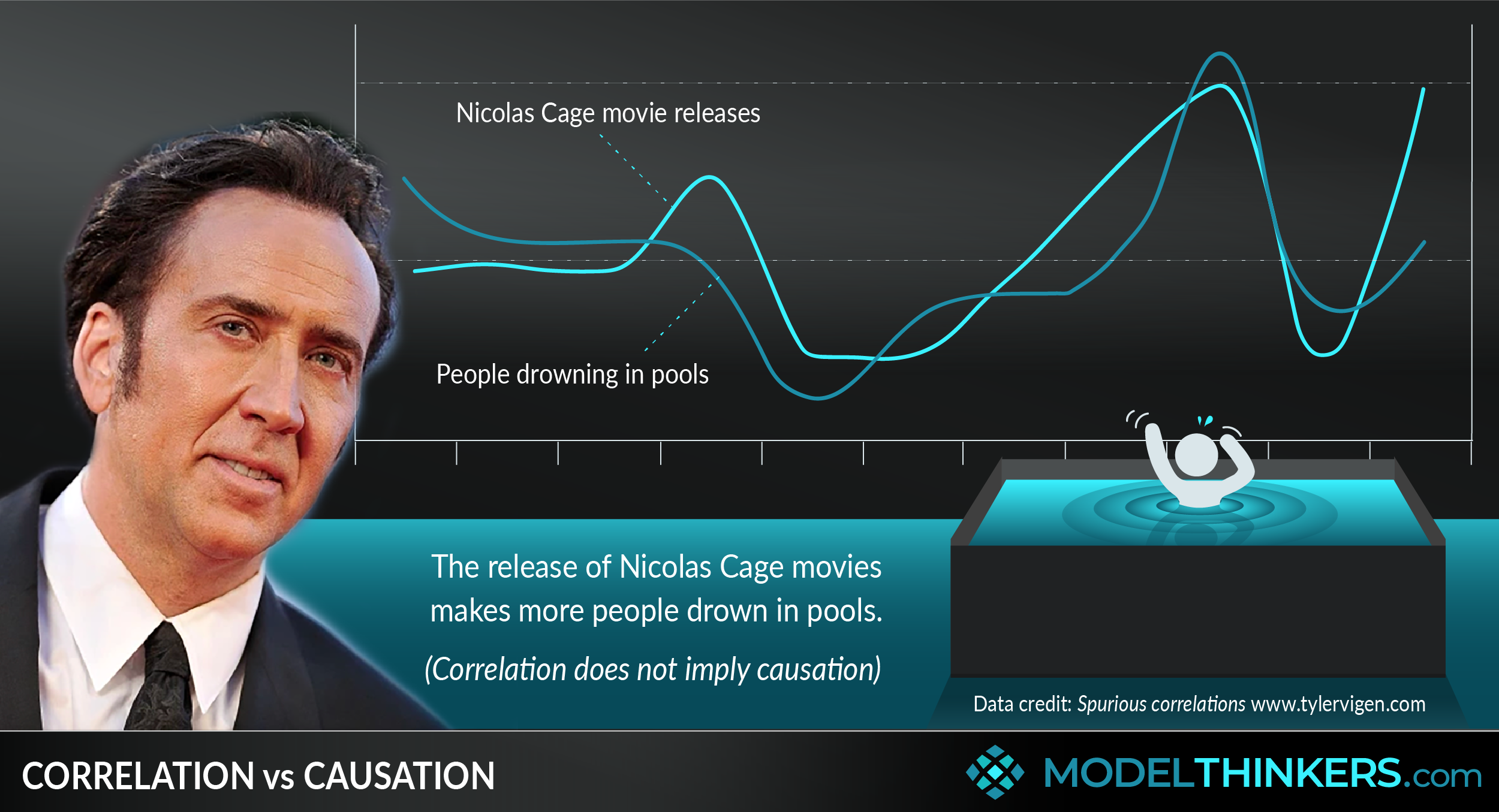

Premium content
Please do login or sign up to see premium contect
Subscription expired!
Please renew your subscription to access this feature.
 My Notes
My Notes
























